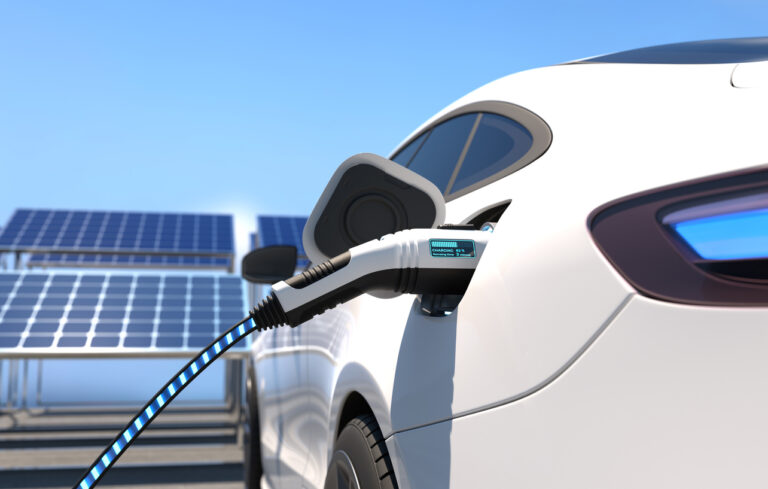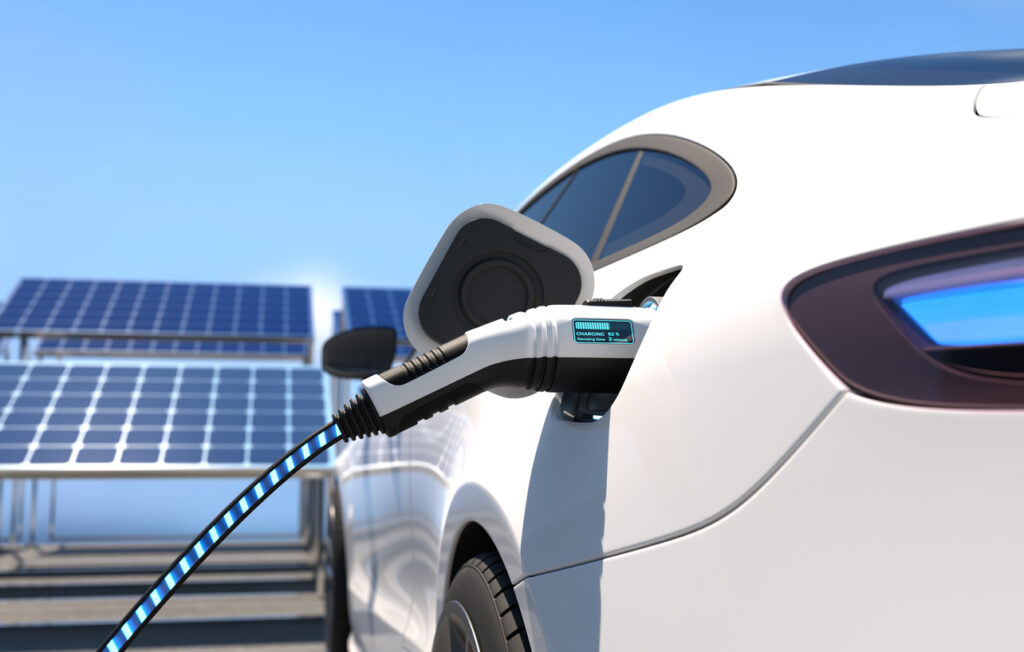On August 16, 2022, President Biden signed the Inflation Reduction Act (the Act) into law. The Act gave rise to The Clean Vehicle Credit, a reconfigured and expanded version of the Qualified Plug-in Electric Drive Motor Vehicle Credit.
The Clean Vehicle Credit is a tax break, the intent of which, is to incentivize individuals and businesses to invest in electric vehicles. Potential buyers will have questions for dealerships. And dealerships will have reporting obligations, so it’s vital to understand how the new credit works.
Expanded Eligibility
The credit of up to $7,500 remains available for qualifying new electric vehicles; however, starting January 1, 2023, individuals who purchase used electric vehicles may also be eligible for a tax credit (depending on their income) of up to $4,000 or 30% of the sales price, whichever is less. In addition, the Act adds a tax credit for business owners of up to $7,500 for new commercial clean vehicles placed in service after December 31, 2022.
New Definition of “Qualified Manufacturer”
Eligible vehicles must be made by a “qualified manufacturer.” The Act expands the definition of a qualified manufacturer. It now applies to anyone engaged in manufacturing or assembling new vehicles, including importers. These manufacturers must also have an agreement with the Treasury under which they provide periodic written reports providing VINs “and such other information related to each vehicle manufactured by such manufacturer as the Secretary may require.”
New Manufacturing Requirements
Effective as of August 16, 2022, the vehicle’s final assembly must occur within North America for it to qualify for the credit. If a customer bought a new electric vehicle through a written binding contract before August 16, 2022, but did not take possession of the vehicle until on or after August 16, 2022, the customer may still claim the credit based on the rules that were in effect before the Inflation Reduction Act was enacted.
Starting January 1, 2024, the minimum battery capacity requirement increases from 4 to 7 kilowatt-hours. And while the credit was previously only available until a manufacturer had sold 200,000 vehicles, with a phaseout thereafter, the Inflation Reduction Act eliminates the manufacturer limitation for cars sold after December 31, 2022. In its place, the Act established new battery and critical mineral requirements.
Dealerships can confirm a vehicle’s eligibility using the VIN. The U.S. Department of Transportation has a site available to assist auto dealers and consumers in determining a vehicle’s eligibility. In addition, the Department of Energy has published a list of Model Year 2022 and early Model Year 2023 electric vehicles that likely meet the final assembly requirement.
Determining the Credit Amount
The Act changed the way the credit amount is determined based on the critical minerals used, the battery components, and the date the vehicle is placed in service. To qualify for the credit, the vehicle must have a motor that draws electricity from a battery containing a certain amount of critical minerals that were recycled in North America or extracted or processed in a country with a free trade agreement with the U.S. The percentage of the value of the battery components contained in a battery manufactured or assembled in North America must be at least equal to the percentage provided in the table below.
| Placed in Service Date | Critical Minerals Requirement | Battery Components |
| Before January 1, 2024 | 40% | 50% |
| During 2024 | 50% | 60% |
| During 2025 | 60% | 60% |
| During 2026 | 70% | 70% |
| During 2027 | 80% | 80% |
| During 2028 | 80% | 90% |
| After 2028 | 80% | 100% |
If the appropriate percentages are met, a credit of $3,750 will be provided for property minerals, and a credit of $3,750 will be provided for battery components (for an overall credit of $7,500).
New Income Requirements
The Act established new income limits, effective for vehicles placed in service after December 31, 2023, for buyers to be eligible for the credit. For new electric vehicles, the buyer’s modified adjusted gross income (MAGI) cannot exceed $150,000 ($300,000 married filing jointly, $225,000 Head of Household). For used electric vehicles, the buyer’s MAGI cannot exceed $75,000 (150,000 married filing jointly, $112,500 head of household). The buyer may use the lesser of their MAGI for the current taxable year or preceding taxable year. Depending on how the buyer opts to claim the credit, the dealership may need to verify income information through the buyer’s prior tax return filings to ensure the credit is allowable.
Dealership Compliance
The IRS will need time to develop the related forms, but starting in 2024, dealerships will need to send a report to both the buyer of the electric vehicle and the IRS that includes:
- the VIN,
- the vehicle’s battery capacity,
- the name and identification of the taxpayer,
- the maximum credit allowable to the taxpayer, and
- verification the vehicle’s original use commences with the taxpayer.
Buyers may still claim the credit when filing their income tax return for the year of the purchase; however, starting in 2024, they may elect to transfer their credit to the dealership if it’s registered with the Secretary of the Treasury. In this case, no later than the time of the sale, the dealership must disclose the following to the taxpayer and the Treasury:
- The manufacturer’s suggested retail price.
- The value of the credit allowed as well as any other incentives available for the purchase of the vehicle.
- To do so, you must ensure the taxpayer’s other incentives are not limited by their election to transfer their credit to your dealership.
- The amount provided to the buyer for the transferred credit, whether in cash or as a reduction in the down payment.
- The amount must equal the amount of the credit the taxpayer would otherwise be allowed.
If your dealership takes on transferred credits, you can receive the cash for the amount of transferred credits by participating in the advance payment plan or by offsetting your federal income tax liability. The Secretary of the Treasury has been tasked with issuing details surrounding the advance payment option no later than December 31, 2022.
Contact Albin, Randall & Bennett
Additional guidance is expected from the Secretary of the Treasury and IRS. We will monitor the situation closely as it unfolds. In the meantime, feel free to contact me if you have any questions about the Clean Vehicle Credit.
by Barton Haag, CPA
Barton Haag joined ARB in 1996 and has been a principal with the firm since 2005. As the Practice Leader for ARB’s Auto Dealership Team, Barton provides financial accounting, income tax planning, and business advisory services for clients in the automotive and motorcycle dealership industries. He also works with closely-held businesses, many of which are family-owned.






